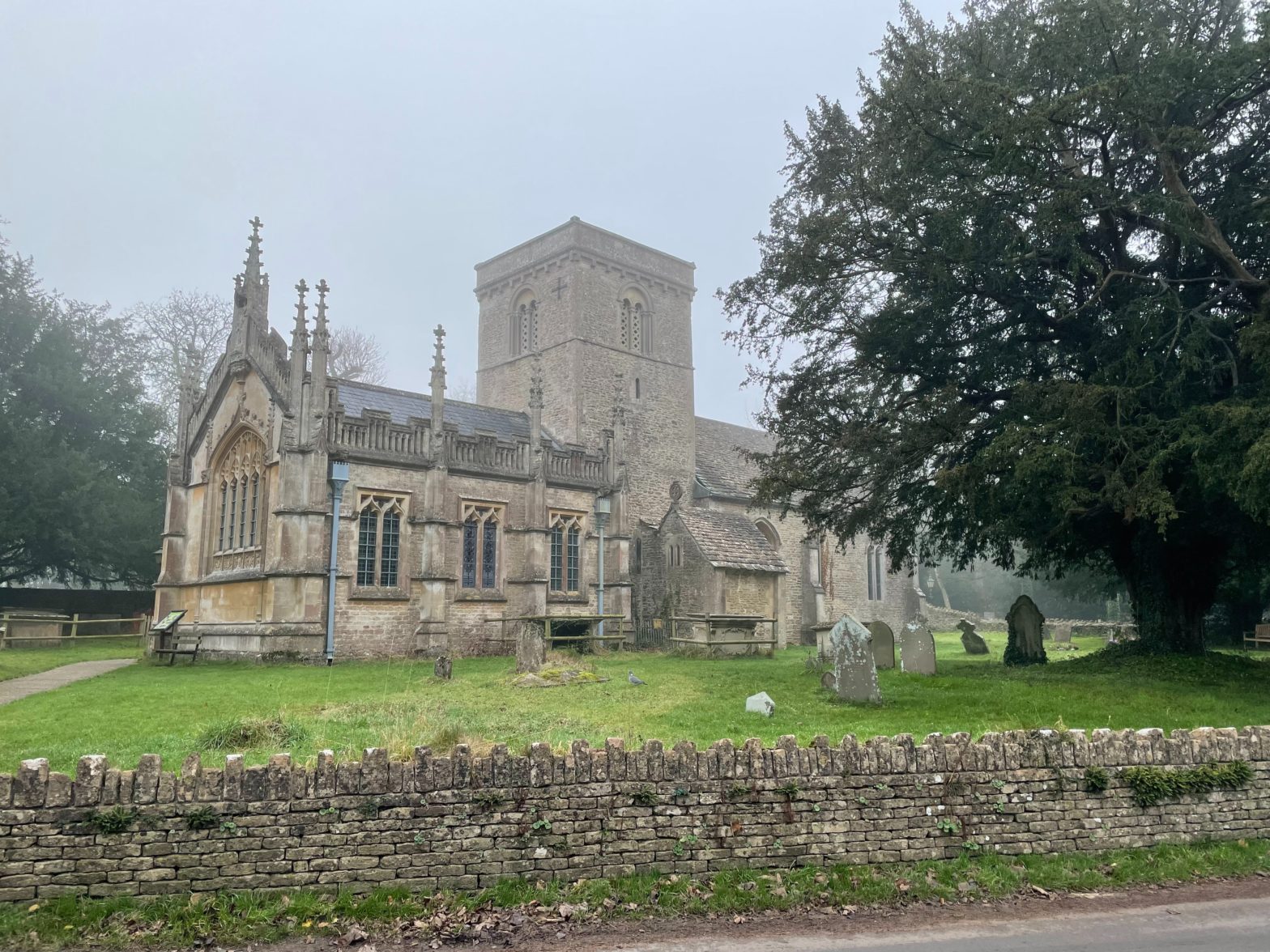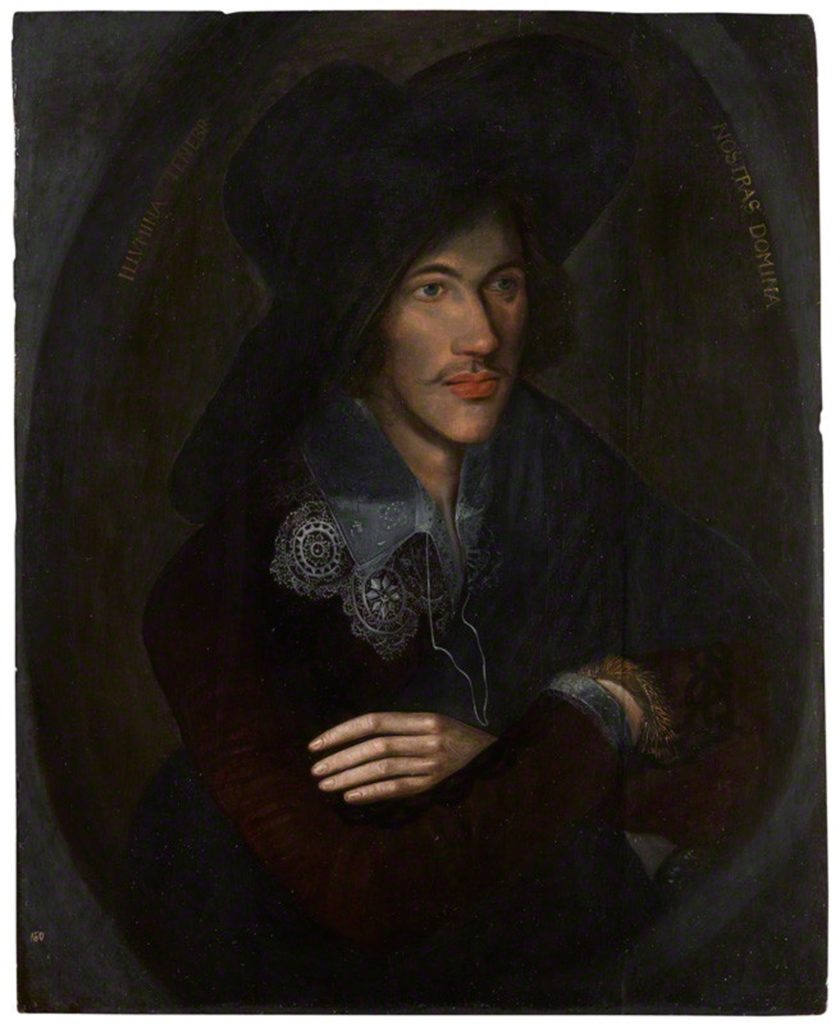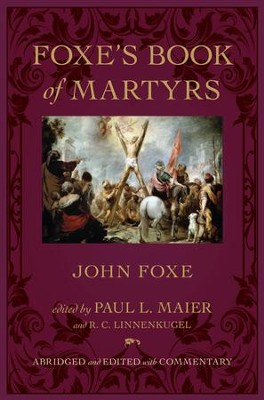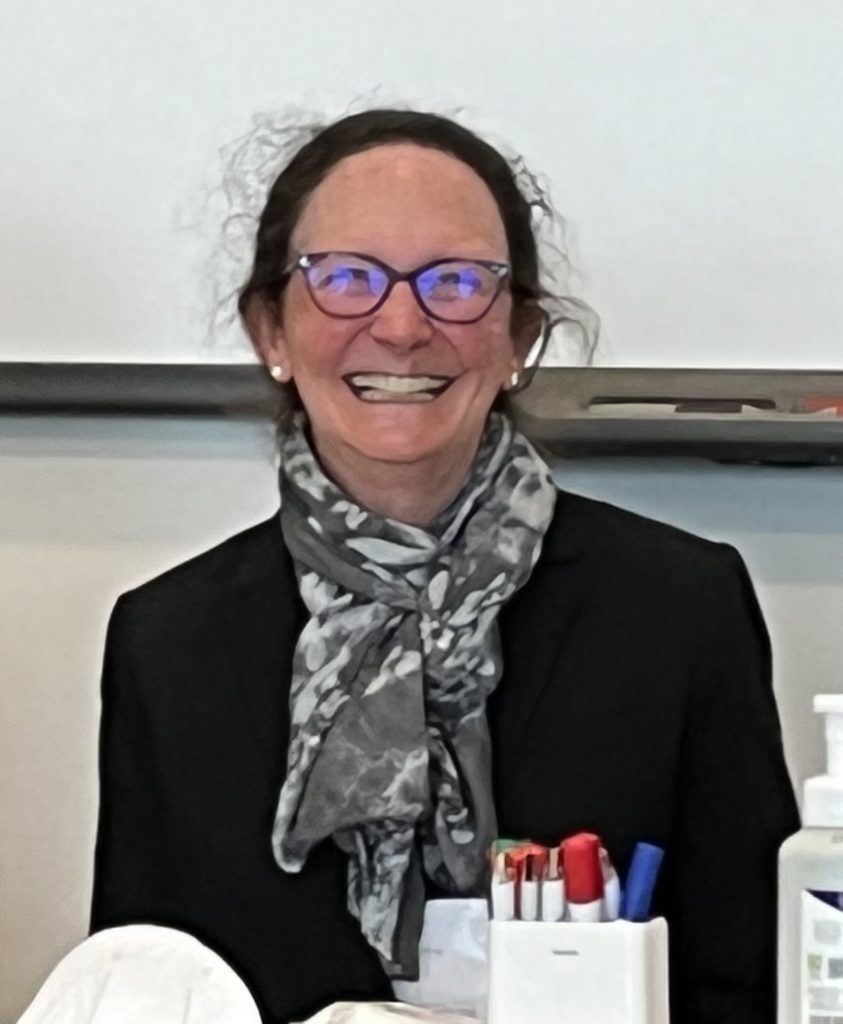By Dr. Marla Lunderberg, Associate Professor of English, Hope College
What words or images come to mind when you read the word “martyr”? Lions? Gladiators? Jeering crowds and public amphitheaters? Burning at the stake? A crucifix?
The images you draw on probably depend on the context behind your quest. If you’re in a religion class, you might be studying the experiences of the earliest Christian communities. If you’re in a literature class, you might expect any mention of martyrdom to be metaphoric rather than literal, pointing toward, say, a martyr for love rather than a martyr for faith.
John Donne (1572-1631), poet and preacher in early modern England, did indeed write a poem, “The Funeral,” where the speaker portrays himself as martyred, sacrificed for love, imagining the humility, pain, even death that can result from martyrdom. More importantly for my studies, Donne also spoke movingly of martyrdom in many of the sermons he preached during his career as a well-known leader in the Church of England.
My search to find meaning in Donne’s portrayal of martyrdom is a search for examples of how Christians of eras before our own dealt with controversy within the Christian community. The term “martyrdom” was controversial in the early modern era, provoking arguments from different groups of Christians as to whose martyrs were the real deal. John Donne, though, participated as a moderating voice: his ideal of a broad and welcoming church meant that he avoided contemporary arguments about martyrdom in interesting ways. His example can be instructive for twenty-first century Christians, as we, too, live in a world of competition over things we care about just as deeply as the sixteenth-century Christians cared about definitions of martyrdom.
This is the story of a research project. It also is an attempt to provide a window into the research process that your college professors engage in, a glimpse at what motivates us, a hint of how minute details of writing from long ago prove relevant not only to our teaching but also to our lives. My project began with the same process that I use to teach research in English 113, with a topic (martyrdom) and a question: does John Donne tell the kind of stories about martyrdom that were hailed by English Protestants, stories embellished and multiplied in repeated new editions of Foxe’s Book of Martyrs?
The question is one that someone asked me when I was at an online conference in 2021–a conference that was supposed to be in Dublin, but due to the pandemic, was held online, with a really small audience. I was disappointed to be participating in a conference from my bedroom and not from a wonderful international venue. I was worried that the size of the audience might change how productive the conversation about my conference paper might be. But the question was exactly the right one to pique my research.
A bit of history about the question. First published in 1563, Foxe’s Book of Martyrs was full of stories of martyrs from the early church and from the more recent Reformation churches, including those Protestants persecuted in England under the Catholic Queen Mary. The book was loaded with woodcut prints of martyrs as well, pictures that told a story from a very Protestant point of view. In late sixteenth-century England, the Book of Martyrs ranked with the Bible as one of two books required to be held by all English cathedrals, and it was revised and expanded and reprinted for years. It wove a popular story of a Protestant England—but its story was not the only one available.
Roman Catholic Christians in England had their own stories of martyrdom to share. By the late sixteenth century, under the reign of Queen Elizabeth, it was illegal to be a Roman Catholic. Jesuit missionaries to England were hunted down. People who offered shelter to Catholic priests were themselves imprisoned. Stories of the suffering endured by English Catholics were especially popular on the continent, as they shared hope for the endurance of the Roman Catholic tradition in the era of the Reformation.
John Donne’s own family held strong ties to Roman Catholic tradition and they suffered for their faith. His uncle, Jasper Heywood, was a Jesuit priest who was captured, put on trial, and imprisoned for his practice. Donne’s brother Henry was imprisoned after having sheltered a priest in his room at university. While in prison, Henry died of the plague. Although Donne’s family ties were firmly Roman Catholic, he himself became a renowned Protestant preacher. Scholars have long inquired as to the ways his past appears in his writing. One way to ask this question is to compare Donne’s references to martyrdom to Protestant and Catholic models of his era.
A side note about research processes: as I’m interested in what Donne might say about martyrdom in his sermons, it’s worthwhile to note how I access those sermons. Some scholars of early modern writers need to go to libraries around the world to access the manuscripts that hold the rich ideas of past eras. Most of Donne’s sermons, though, were gathered together in ten volumes in the decade between 1953 and 1962. That sermon collection has been digitized and is searchable in an online collection hosted by Brigham Young University. A wonderful new edition of the sermons is in progress as well, published by Oxford University. All this to say that even during the pandemic, I had access to the materials I needed in order to attack my project. This was absolutely amazing!
This essay would be much sexier if it presented Donne as engaging in polemical battles on one side or the other of the debate about whose martyrs were true martyrs for the Christian faith. Foxe’s martyrology was fascinating for a reason, after all: his images of martyrs singing Psalms as they burned and babies being born to mothers in the midst of the flames are horrifying in a way that makes them impossible to ignore. And since Donne is known for an often combative, controversial rhetoric of love in his poetry (What college student studying early British Literature hasn’t wondered about the poetic voice begging: “Batter my heart, three-person’d God”?), who better than Donne to engage in an important public, political debate than the pastor known for the poetics of his preaching?
Instead, Donne’s preaching about martyrdom proclaims an ideal for the church that is non-combative, that is amazingly inclusive—a church where arguments about martyrdom are primarily told as events in the early history of the church—the “Primitive Church,” as Donne calls it. By constructing this distance between his era and the martyrs he discusses, Donne distances himself from the heated debate of his era.
And in doing this, Donne lays the groundwork for a Church of England that could support a diverse range of views on a number of important issues. Donne argued that there were certain beliefs that were fundamental to the faith; belief in the Trinity was one of these for Donne. Beyond the fundamentals, Donne believed that some things that people argued about were beyond the realm of human capacity to know the truth of. “Super-edifications” is what Donne called these things, using a metaphor drawn from architecture. Two Christians might understandably take different positions on such issues, and both held the possibility of being right. Donne encouraged Christians to be thoughtful in making a distinction between things fundamental and those super-edifications.
My scholarship on Donne and martyrdom has been part of my participation in three scholarly conferences so far, and I’m working on a journal article pulling together these fascinating materials. This scholarship has also given me insight into a time period that faced some of the same challenges we face today. Donne’s response to these challenges gives me one model for my own path, my own time period, as I ask: how I might respond, with love, to those with whom I disagree? How do I hold tightly to the fundamentals of my faith while humbly admitting that as yet, my own vision is limited?





